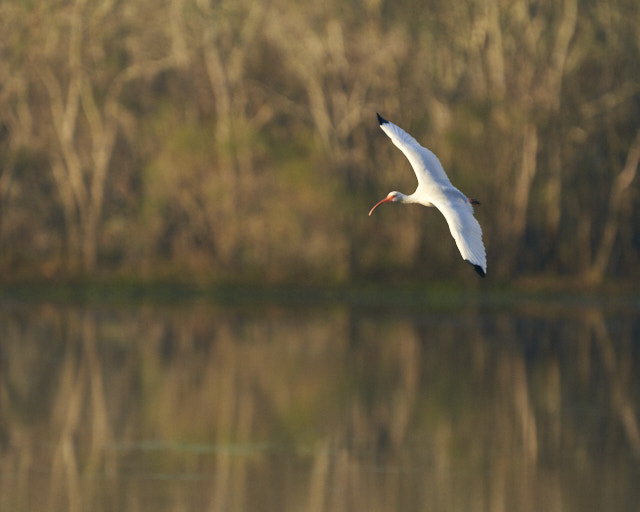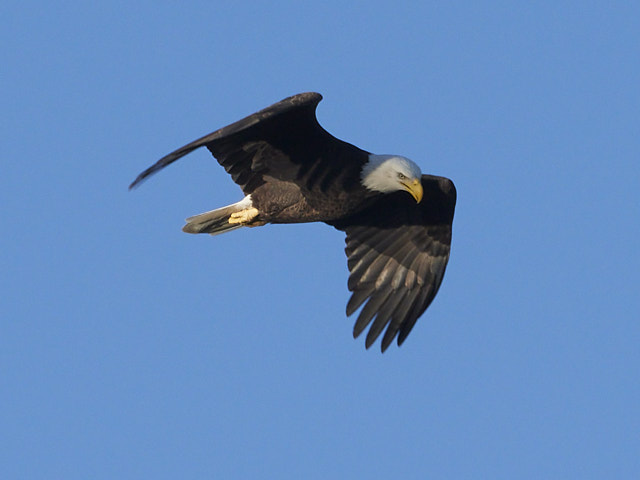We are big on nature. That should be clear to anyone who has had a child in one of our schools. Rather than rehash the benefits that being in nature hold for early childhood education (something we have already delved into in other blogs and media), we wanted to tie into our curriculum subject this week (birds) and talk about wildlife viewing as a part of engaging with nature and creating some fun, family time. It may surprise newcomers and outsiders that the 4th most populous city in the United States has an abundance of wildlife. Not only is there an abundance, but there is also an enormous variety. In this week’s blog we will call out some of the more (and less) visible fauna by taxonomy and make some suggestions about where to catch a glimpse. We will ignore insects and arachnids for another day (and a future curriculum). For now we will start with categories that are in far greater abundance than people in the Houston area – reptiles and amphibians.
If you have lived in or visited Southeast Texas for more than a minute or two during the 8+ months of warm weather, you will have bumped into a reptile. Geckos live on, around and in homes here. But while these green, bug eating lizards are fun to watch, they can quickly become common and boring. The same can be said of the enormous variety of snakes , toads and frogs that occupy suburbia (note that all four varieties of venomous snakes found in the US can be found in the Houston area – so learn to recognize them and give them a wide berth). Not that we don’t find them interesting (we do). We are just brushing past them because you are going to see them whether you want to or not. For something different, we recommend checking out some of the area lakes, ponds, rivers, and pieces of the 22 bayou systems that make up the Bayou City. Within these water bodies you can find a variety of turtles to watch (check for noses popping up out of the water). At The Woodlands school we are next to a pond and have turtles that lay eggs around our trees. We have been fortunate on a couple of occasions to have the children be able to watch both the egg laying and burying processes. If you are willing to venture into less congested areas of watershed you can run into the American Alligator. These large reptiles frequent Buffalo Bayou and can be seen close to downtown from one of the parks that line the area.
If you are into fluffier fare then the enormous variety of mammals in the area will not disappoint. An early morning in The Woodlands area or one of the nearby State Parks can yield examples of nearly every mammal that calls Houston home. Rats, squirrels and mice are very abundant and easy to find. Bats can also be found in the area. Check under bridges for a view of these flying mammals – but do so during daylight hours and be sure not to disrupt their routines (that is true of all of the animals in this article). An early morning hike among the many area nature trails will almost assuredly yield a view of skunk, opossum, rabbit/hare, armadillo, raccoon, and deer. Deer in particular are surprisingly well adapted to suburban life. The closer you are to a water source, the broader the variety of mammals you are likely to sight. Keep in mind that our area has mammals to be extremely cautious around. Coyotes are extremely common along the waterways that litter the Houston area. The San Jac, Spring Creek and its feeders host a number of coyotes and they are not hard to spot if you know where (and when) to look. In The Woodlands area they can be found in numerous locations and if you live within easy walking distance of any of the water sources be sure to keep your cats indoors (they make easy prey for coyotes as more than a few cat owners have discovered). Less common, but deserving of as much caution, are bobcat. On even rarer occasion you may see a ring-tailed cat in the area. Wildlife sightings are more abundant after major flood events as animals become just as displaced as humans. While sighting them is easier after these events it is better to give them their space as they adapt to change.
The final category aligns to our curriculum this week and that is birds. As Houston sits along one of the major bird migration routes in the US the sheer number and variety of birds can be overwhelming. The variety of habitats from coastal scrub to prairie to piney woods found in the Houston area also presents a great deal of opportunity to watch bird behavior. Learning to recognize the most common area birds is easy enough. The Houston Audubon Society (https://houstonaudubon.org/) oversees a number of area sanctuaries, supports education programs, and offers online resources to aid in identifying birds in your backyard and beyond. They also work on bird counts in the area. If you are within a 20 minute drive of one of our schools we would suggest learning at a minimum the following birds by sight – Northern Cardinal, Blue Jay, White Wing Dove, Mockingbird, Tufted Titmouse, Carolina Chickadee, Carolina Wren, Downy Woodpecker, Red Bellied Woodpecker, American Robin, Red-Breasted Nuthatch, Red-winged Blackbird, and European Starling. A squirrel proof feeder and a high-quality food (beware retail outlet food which mostly ends up on your lawn) will attract all of these birds to your yard. Adding in some fruit and nectar feeders during the spring and fall will allow you to attract hummingbirds and orioles as well. Water birds are also common with a large variety of ducks and geese as well as Pied-Billed Grebe, Belted Kingfisher, Cormorant, Great Egret, Snowy Egret, Blue Heron, Black-Crowned Night Heron, White Pelican and White Ibis visible throughout the day. Mornings are a great time to watch for larger fare along waterways and in wooded areas. The northern parts of Houston we serve are home to a variety of predatory and scavenging bird species. Black Vulture, Turkey Vulture, Swallow-Tail, Mississippi and White-Tailed Kite, Hawks (Sharp-shinned, Cooper’s, Red-tailed and Red-shouldered), Owls (Barn, Great Horned, and Eastern Screech), and Osprey are all native to and common in the area. If you are looking for a special treat the Crested Caracara and Bald Eagle can be found in our area as well. Spreading out from North Houston to the prairies and coast will increase the variety of birds and present opportunities for wildlife viewing that is a treat for children and adults alike. There are a large number of sanctuaries and refuges to explore. More than enough to fill a year of free weekends.
Spring weather is returning and with it comes some great opportunities to get out in the fresh(ish) air. Take your child out and encourage them to watch for what is all around them.





